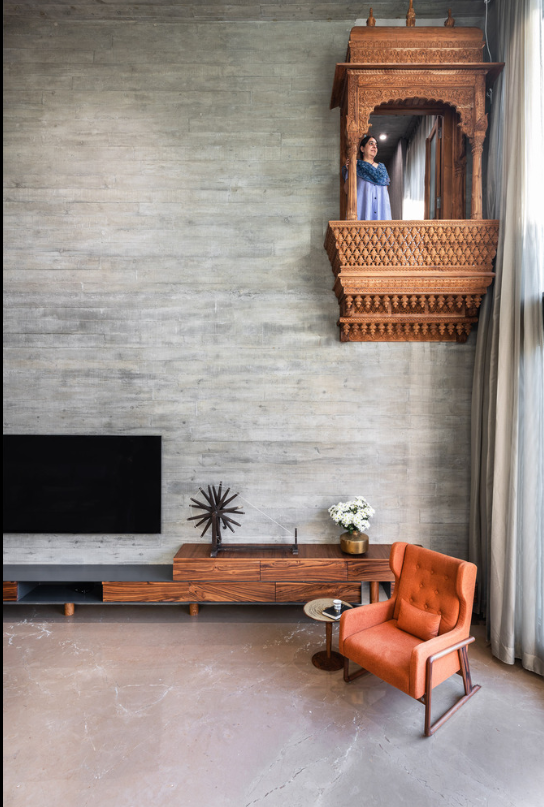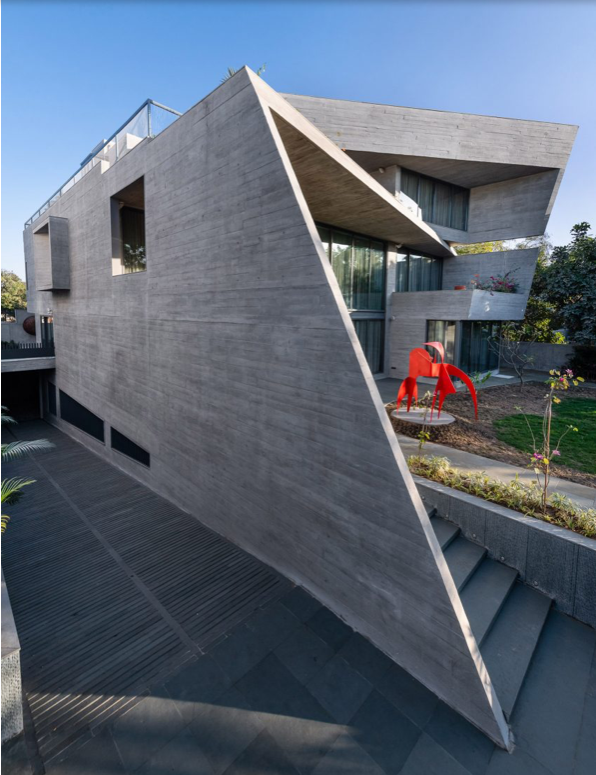Revival of Brutalism
Brutalism is once again being celebrated across the globe, though the revival is branded as “Neo Brutalism.” An architectural movement dating back to the 1950s in post-war Europe can be found practically everywhere around the world.

Brutalism is once again being celebrated across the globe, though the revival is branded as “Neo Brutalism.” An architectural movement dating back to the 1950s in post-war Europe can be found practically everywhere around the world. The style, born out of a need for functional buildings, primarily dominated the architectural scene for its dramatic contrast to prior styles. Rough and unfinished textures, neutral tones and geometric forms - the brutalist style is perhaps one of the best-known design trends of the modern era.
But why is it called brutalism, is it because of its rough appearance? The word Brutalism comes from the material it is made of Béton brut is a French term that translates literally to “raw concrete” and is also used to describe the iconic aesthetic known as Brutalist architecture.
Post-World War II saw a boom in the brutalist style in social housing, industrial buildings, and community spaces, such as libraries, universities, theaters, and government offices. But with a focus on aesthetics and newer technologies and materials, the movement began to decline in the 1970s.
Some believe that Swiss-French architect Le Corbusier‘s love of concrete may have started Brutalism. With World War II having interrupted his practice, his first project in 10 years, Unité d'Habitation in Marseilles, France called for a giant reinforced concrete framework fit with modular apartments. The mammoth complex, completed in 1952, could house up to 1,600 people. It was largely devoid of decorative elements and laid the framework for future Brutalist projects.
Although the style has often been criticized as cold and coarse, it never completely went away. The trend is now experiencing something of a renaissance and is enjoying an increasingly high profile because contemporary architects are staging enormous concrete buildings in a stylish, modern and minimalist way.

The style, born out of a need for functional buildings, primarily dominated the architectural scene for its dramatic contrast to prior styles. Rough and unfinished textures, neutral tones and geometric forms - the brutalist style is perhaps one of the best-known design trends of the modern era.

